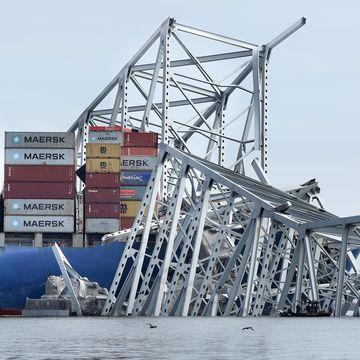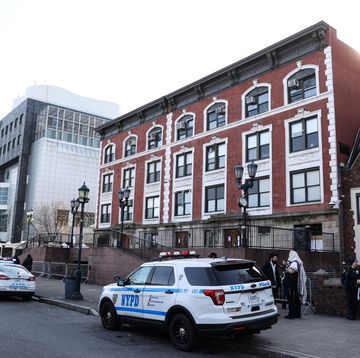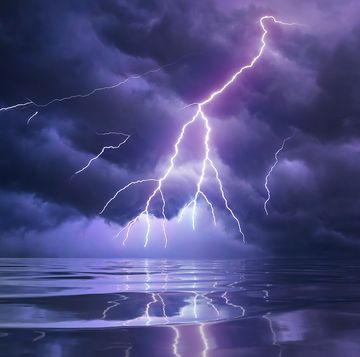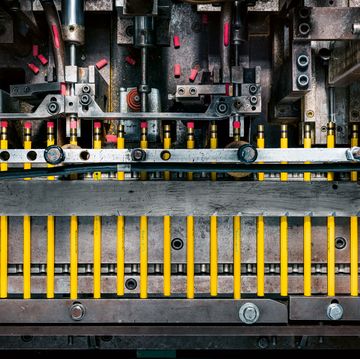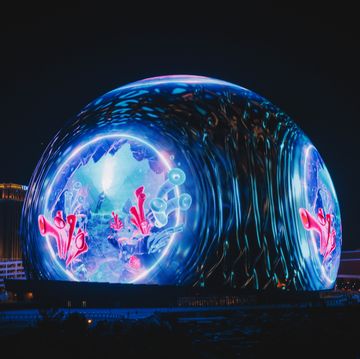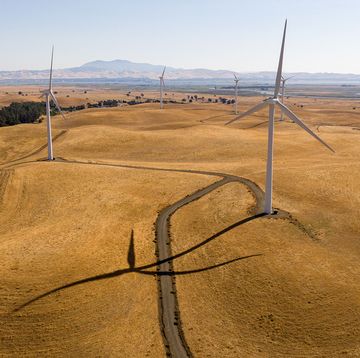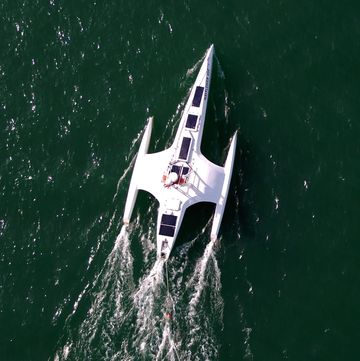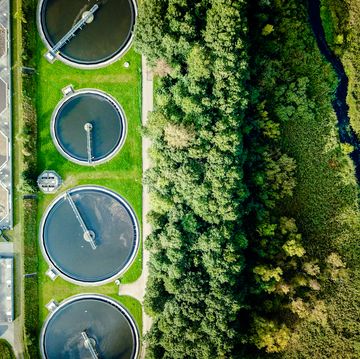When Dean Spatz began his introduction-to-engineering-design class as a sophomore at Dartmouth in 1963, reverse osmosis, the process of filtering water through a semipermeable membrane, was only four years old. Working with a team, Spatz used RO to create a prototype for turning undrinkable brackish water into a potable liquid. The commercial applications were obvious, and Spatz dedicated the rest of his time at Dartmouth to developing the nascent technology. After graduating, he founded Osmonics, Inc., one of the first reverse-osmosis companies, in his garage in Minneapolis.
Today reverse osmosis is vital to a wide array of industries. "It's absolutely astounding that it's happened so quickly," Spatz says. By far its most common use is in desalination plants, which convert seawater into drinkable water. Later this year the 250,000-square-foot Carlsbad Desalination Project near San Diego, the biggest plant in the Western Hemisphere, will begin creating roughly 52 million gallons of freshwater per day.
At the heart of the plant is RO technology supplied by Dow Water & Process Solutions, which is based on breakthrough polyamide membranes developed by John Cadotte in the '70s. Along with Spatz, Cadotte was a leading researcher in the field of reverse osmosis, co-founding his own RO company called FilmTec. Now, just 56 years since RO was first invented, Osmonics is owned by General Electric, and FilmTec is owned by Dow Chemical. Both are leaders in filtration and reverse-osmosis technologies.
1. Flocculation Chambers
Before the seawater can be filtered, it's destabilized in a process known as flocculation, using a coagulant such as ferric sulfate to bind microscopic particles. In the chambers the water is agitated for maximum coagulation.
2. MultiMedia Filtration Tanks
After flocculation, the seawater is moved to 18 multimedia filter tanks. Each tank is made of steel-reinforced concrete and contains 1-meter layers of anthracite and sand resting on a bed of gravel. Each layer filters out organic matter and particles before the water exits through a drain in the bottom of the tank.
3. Clear-Water Tanks
Filtered water collects here before being moved through micronic filters for further cleaning, and then on to high-pressure reverse-osmosis pumps or to low-pressure energy-recovery pumps. The clear-water tanks also serve as the source of wash water used to clean dirty filter tanks.
4. Waste-Solids-Disposal Building
The wash water used to clean the filtration tanks is run through lamella clarifiers (inclined plates that capture particles) and then on to centrifuges atop the disposal building to be separated into semiclean water and sludge. The water is recycled, while the sludge is turned into solid filter cake for truck removal.
5. Reverse-Osmosis System
This stage accounts for 85 percent of the 10 kilowatt-hours per thousand gallons the plant uses for desalination. Here, half of the clear water is pumped through 14 reverse-osmosis arrays at an elevated pressure of 800 pounds per square inch, forcing water through electrically charged membranes and thereby removing most of the salt. The brine left in the arrays—twice as salty as seawater—remains in the system at slightly less than 800 psi. Rather than waste this pressure, the plant recaptures it to perform RO on the other half of clear water routed to the energy-recovery system. The remaining brine is discharged to the sea.
6.Energy-Recovery System
By recycling the pressure used during RO, the energy-recovery system reduces the plant's total amount of power consumption by 30 percent.
7. Permeate Storage Tank
This is where the majority of the permeate, or post-RO water, is temporarily held while 20 percent is run through a second reverse-osmosis process, further reducing boron and bromide levels. This water is then blended back in with the rest of the permeate to meet water-quality standards.
8. Post-Treatment Plant
At this point the permeate has trace amounts of salt, but all hardness has been stripped out. To reharden the water and make it noncorrosive, a third of the permeate flows through calcite filters in the post-treatment plant to increase calcium and alkalinity levels. This water then rejoins the rest of the permeate.
9. Product-Water Storage Tanks
After chlorine, fluoride, and ammonia are added, the permeate ends up in the final underground tank, which can hold 2.5 million gallons of water. The stabilized and disinfected water sits for at least 45 minutes before being pumped into a 10-mile pipeline that eventually connects to the San Diego County Water Authority's regional aqueduct system.
Intake and Discharge Channels
Up to 304 million gallons of seawater per day will be pumped from intake channels connected to Carlsbad's Agua Hedionda Lagoon. The channels and the intake pumps were preexisting and are shared with a nearby power plant set to close in 2017. When that happens, a new intake pump will have to be built.
This story appears in the September 2015 issue of Popular Mechanics.
Correction: A previous version of this story incorrectly stated that General Electric supplied the reverse osmosis technology for the Carlsbad Desalination Project. It is actually Dow Water & Process Solution.






